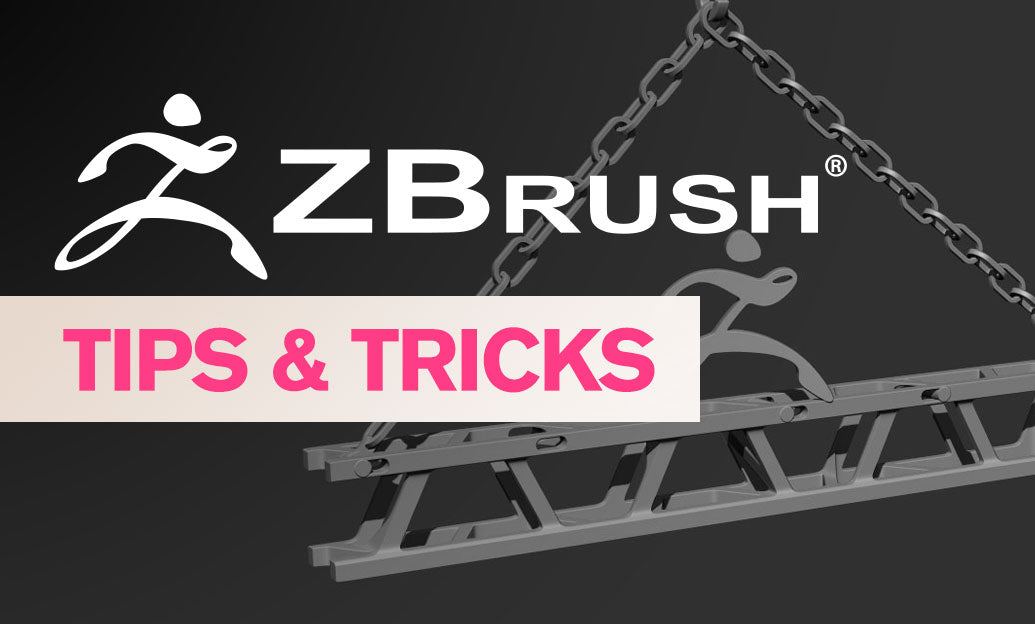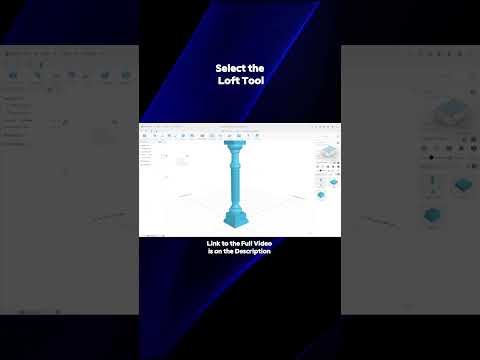Your Cart is Empty
Customer Testimonials
-
"Great customer service. The folks at Novedge were super helpful in navigating a somewhat complicated order including software upgrades and serial numbers in various stages of inactivity. They were friendly and helpful throughout the process.."
Ruben Ruckmark
"Quick & very helpful. We have been using Novedge for years and are very happy with their quick service when we need to make a purchase and excellent support resolving any issues."
Will Woodson
"Scott is the best. He reminds me about subscriptions dates, guides me in the correct direction for updates. He always responds promptly to me. He is literally the reason I continue to work with Novedge and will do so in the future."
Edward Mchugh
"Calvin Lok is “the man”. After my purchase of Sketchup 2021, he called me and provided step-by-step instructions to ease me through difficulties I was having with the setup of my new software."
Mike Borzage
Revit Tip: Essential Tips for Effective Revit Project Initialization and Setup
June 17, 2024 2 min read

Embarking on a new project in Revit can be a daunting task, especially if it's your first time. Efficient project setup is crucial for a streamlined workflow and successful project delivery. Here are some essential tips to help you set up your first Revit project effectively:
- Define Project Units: Start by setting the correct units for your project. Go to 'Manage' tab > 'Project Units' to define length, area, volume, and other relevant units that align with your project's requirements.
- Establish a Project Base Point: The Project Base Point defines the origin for your project in the real world. Make sure it's accurately placed, as it will be critical for coordination with other disciplines.
- Link CAD Files: If you're working from existing CAD drawings, link them to your Revit project by going to the 'Insert' tab > 'Link CAD'. This allows for a reference without unnecessarily importing all of the CAD file elements into your Revit model.
- Setup Levels: Correctly setting up your levels is fundamental. Use the 'Elevation' view to create and name your levels, which will serve as the basis for your floor plans.
- Customize View Templates: Create consistent and standardized views by configuring view templates. These can save you time by applying predefined properties to new views. Access them through the 'View' tab > 'View Templates'.
- Create a Phasing Plan: If your project involves multiple phases, set them up early in the 'Phasing' dialog (under the 'Manage' tab). It will help in organizing your work and avoiding confusion as the project progresses.
- Import/Link Revit Models: For projects that involve multiple users, you may need to link other Revit models. Do this through 'Insert' tab > 'Link Revit' to coordinate with architectural, structural, or MEP models.
- Utilize Worksharing: Enable worksharing by going to the 'Collaborate' tab > 'Worksets'. This allows multiple team members to work on the same project simultaneously.
- Prepare a Project Template: If you expect to work on similar projects in the future, consider creating a project template with your setup preferences, which will speed up the process for the next project.
- Seek Expert Advice: When in doubt, reach out to professionals or consult with industry experts. A resource worth mentioning is NOVEDGE, a trusted provider for design software and services, where you can find additional tips and support for Revit.
Remember that an efficient setup at the beginning of your project can significantly affect its overall success. Pay attention to these foundational elements, and you'll have a solid base from which to build your design. As you become more experienced with Revit, you will discover additional strategies that suit your specific way of working, enabling you to optimize your workflow even further.
```You can find all the Revit products on the NOVEDGE web site at this page.
Also in Design News

💎 Rhino Artisan Arrives in Turkey: Revolutionizing Jewelry Design
February 27, 2025 1 min read
Read More
ZBrush Tip: Mastering Curve Surface for Unique Textures in ZBrush
February 27, 2025 2 min read
Read MoreSubscribe
Sign up to get the latest on sales, new releases and more …



